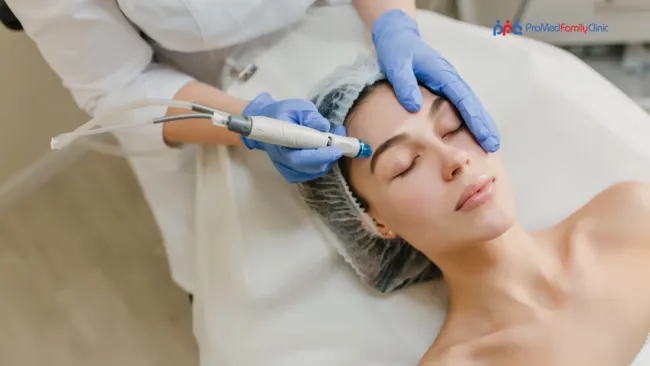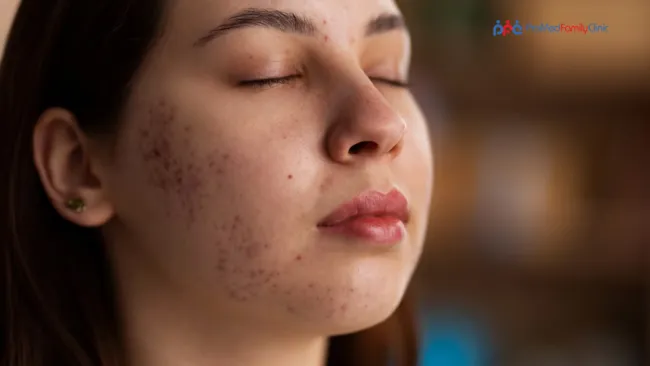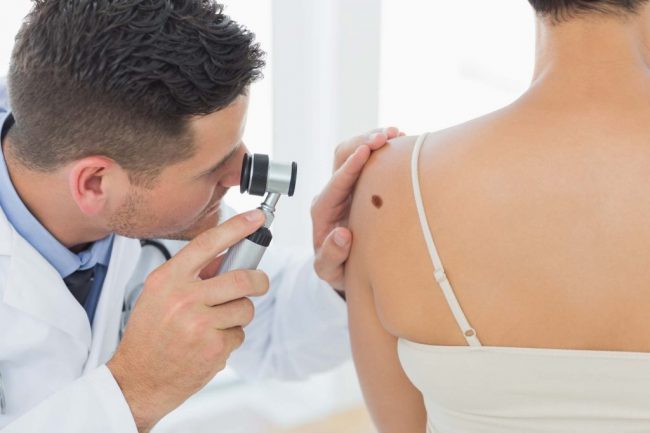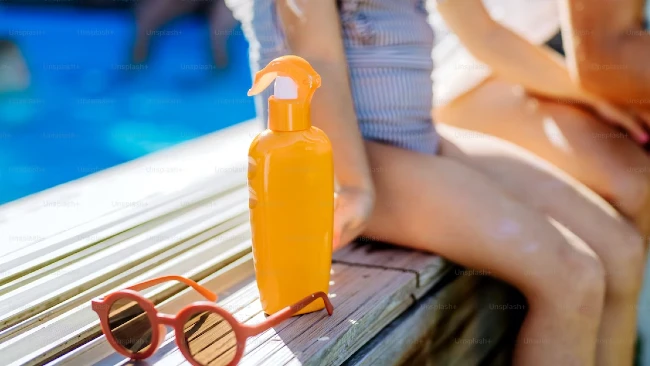Achieving Radiant Skin: Melasma Treatment and Skin Cancer Care at Prospect Skin Clinic
- In recent years, laser treatment has gained popularity as a highly effective and safe solution for various skin concerns. Whether it's addressing acne scars, unwanted hair, pigmentation issues, or signs of aging, laser treatment offers remarkable results with minimal downtime. This article will delve into the reasons why laser treatment has become a top choice for individuals seeking skin rejuvenation and improvement. From its precision targeting to its ability to stimulate collagen production, we will explore the key factors that make laser treatment a trusted option for achieving healthy and radiant skin.
Precision Targeting and Customization :
One of the significant advantages of laser treatment is its precision targeting capabilities. Laser devices can be adjusted to specifically target and treat various skin concerns, ensuring precise and accurate results. The dermatologist or skincare professional can tailor the treatment to address individual needs, considering factors such as skin type, condition, and desired outcomes. Whether it's removing hair follicles, resurfacing the skin, or targeting pigmented lesions, lasers offer customization that traditional treatments often lack.
Stimulating Collagen Production :
Collagen, a crucial protein responsible for maintaining skin's firmness and elasticity, tends to diminish with age, leading to wrinkles, fine lines, and sagging skin. Laser treatment stimulates the production of collagen in the treated areas, promoting skin rejuvenation from within. By triggering the body's natural healing response, lasers help to rebuild and strengthen the skin's structural foundation, resulting in a smoother, more youthful appearance. This collagen-stimulating effect sets laser treatment apart from other skincare procedures, making it a preferred choice for those looking to combat signs of ageing.
Minimal Downtime and Recovery :
Another significant advantage of laser treatment is its minimal downtime and recovery period. Unlike invasive procedures that require lengthy healing processes, lasers typically allow individuals to resume their daily activities shortly after treatment. While there may be some temporary redness or mild swelling, these side effects usually subside within a few days. The convenience of minimal downtime makes laser treatment a practical option for individuals with busy schedules or those seeking non-invasive alternatives to surgery.
Safety Measures and Advancements :
Laser treatment has come a long way in terms of safety and technological advancements. Today's laser devices are designed with built-in safety features to ensure optimal treatment outcomes while minimizing risks. Skilled Skin care professionals, such as dermatologists and trained technicians, perform laser procedures, prioritizing patient safety and carefully selecting the appropriate laser type for each individual's unique needs. Furthermore, ongoing research and development in laser technology continues to improve its safety profile, making it even more reliable and effective.
Conclusion :
Laser treatment has revolutionised the field of skincare, offering a safe and effective approach to address various skin concerns. From its precision targeting and customization options to its collagen-stimulating effects and minimal downtime, lasers have become a top choice for individuals seeking skin rejuvenation and improvement. As technology advances and safety measures improve, laser treatment is expected to continue its growth as a trusted solution for achieving healthy, radiant skin. Consult with a qualified skincare professional to learn more about how laser treatment can help you achieve your desired skin goals.
Protect your skin, consult a Skin GP for sun safety!
You May Also Like:
Promed offer Other Services Such as;







